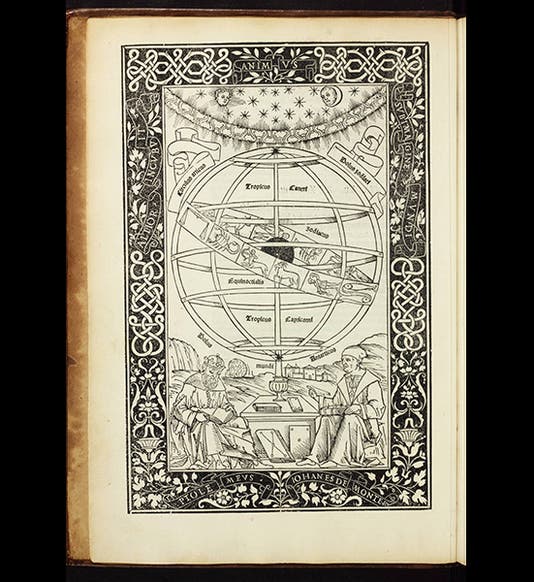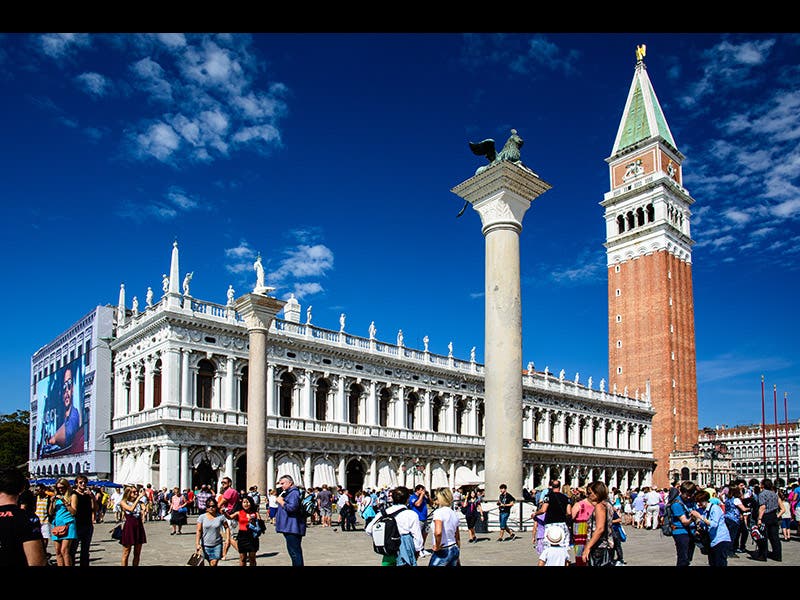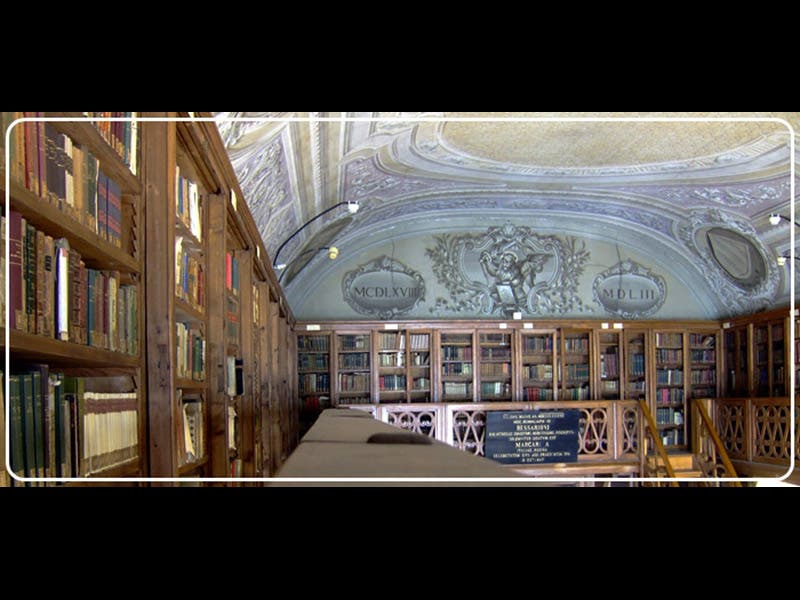Scientist of the Day - Basilios Bessarion
Basilios Bessarion, a Greek scholar, was born Jan. 2, sometime between 1389 and 1403. Bessarion came from Trebizond, a city on the Black Sea that was a prominent cultural center of the Byzantine Empire. He was rising in the hierarchy of the Greek Orthodox Church when he came to Italy in 1438 as part of a commission seeking a reunification of the Greek and Roman churches. His erudition greatly impressed the reigning Roman Pope, Eugene IV, who enticed Bessarion into his service by making him a Cardinal. Bessarion spent the rest of his life in Italy, mostly in Rome, and he amassed a wonderful collection of Greek manuscripts, which were rapidly flowing into Italy as the Turks advanced on Constantinople.
As one of the few in Italy who could read Greek, Bessarion encouraged younger scholars to master the language, making his manuscripts freely available for translation. One of those he encouraged was the astronomer Johannes Regiomontanus, whom Bessarion met while serving on a mission to Vienna. Regiomontanus was trying to produce an Epitome of Ptolemy's Almagest, the great ancient book on astronomy, but the only source text he had was a Latin one, which had been translated from Arabic, and before that from Persian. Bessarion told Regiomontanus that he owned a Greek Almagest, and Regiomontanus went to Italy in 1461, learned Greek, and translated Bessarion’s manuscript Almagest into Latin, and from that produced his Epitome. It was eventually published in 1496, with a handsome woodcut frontispiece (see first image above), and it was the source from which many later astronomers, including Copernicus, learned Ptolemaic astronomy.
Before he died, Bessarion gave his manuscript collection to the Venetian senate, where it formed the core of what would later become the Biblioteca Marciana, the Library of St. Mark. The third image above is a modern photo of the outside of the Library, while the fourth image gives us a view of the Bessarion Room within the Library. The contemporary portrait of Bessarion (second image above) was made by Justus van Gent in 1474 and hangs in the Louvre.
Dr. William B. Ashworth, Jr., Consultant for the History of Science, Linda Hall Library and Associate Professor, Department of History, University of Missouri-Kansas City










